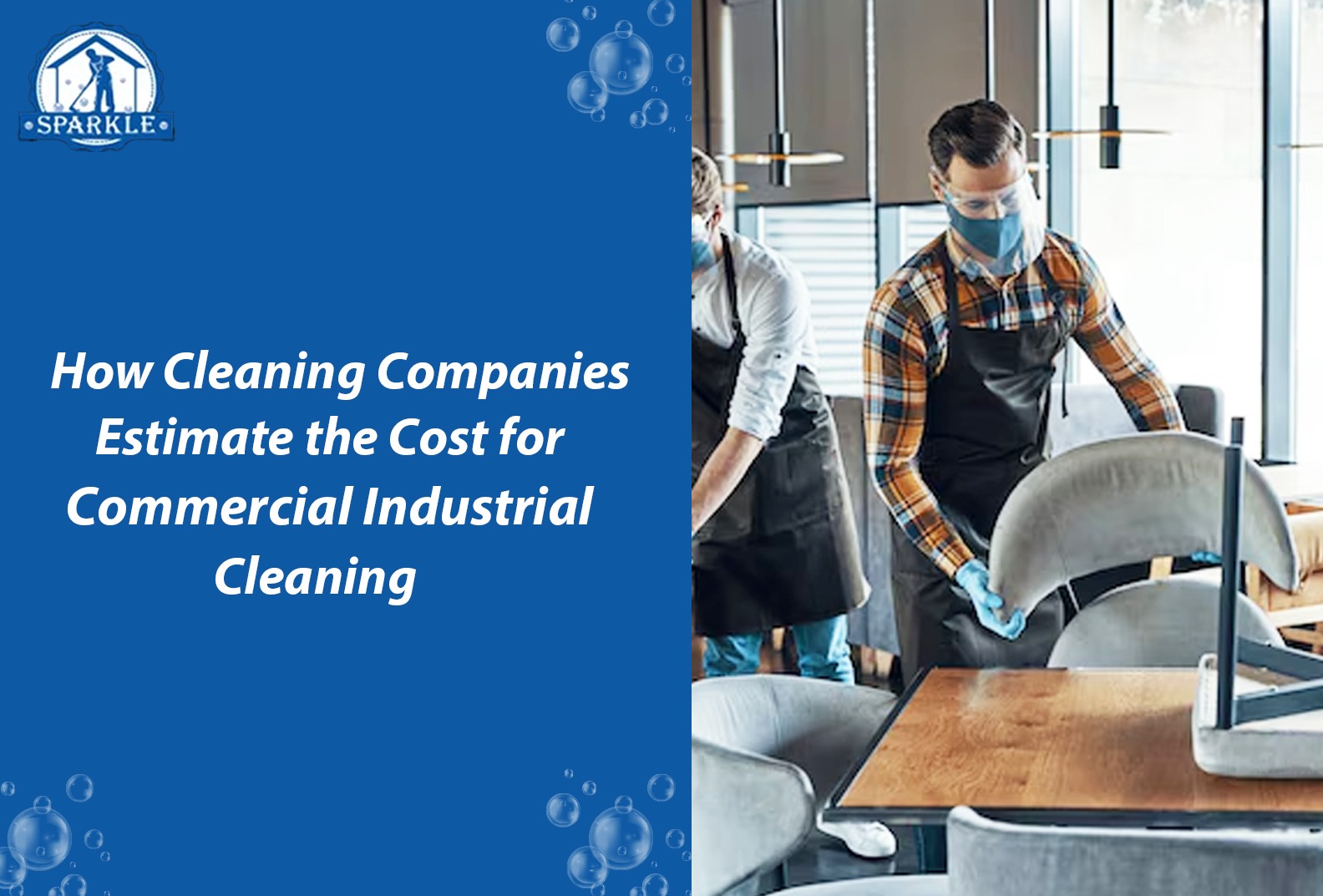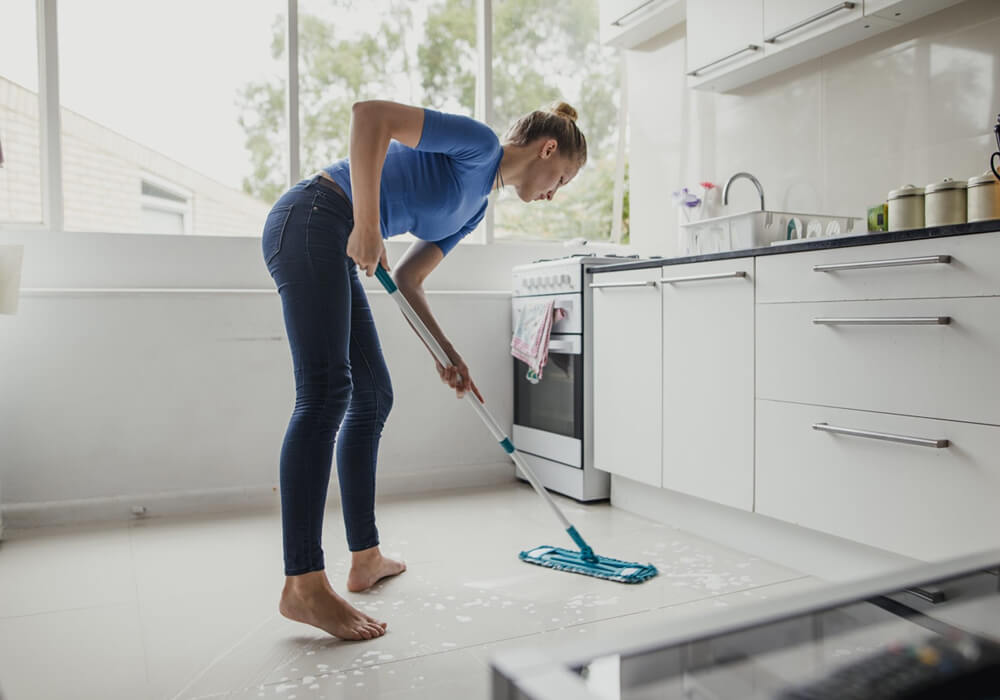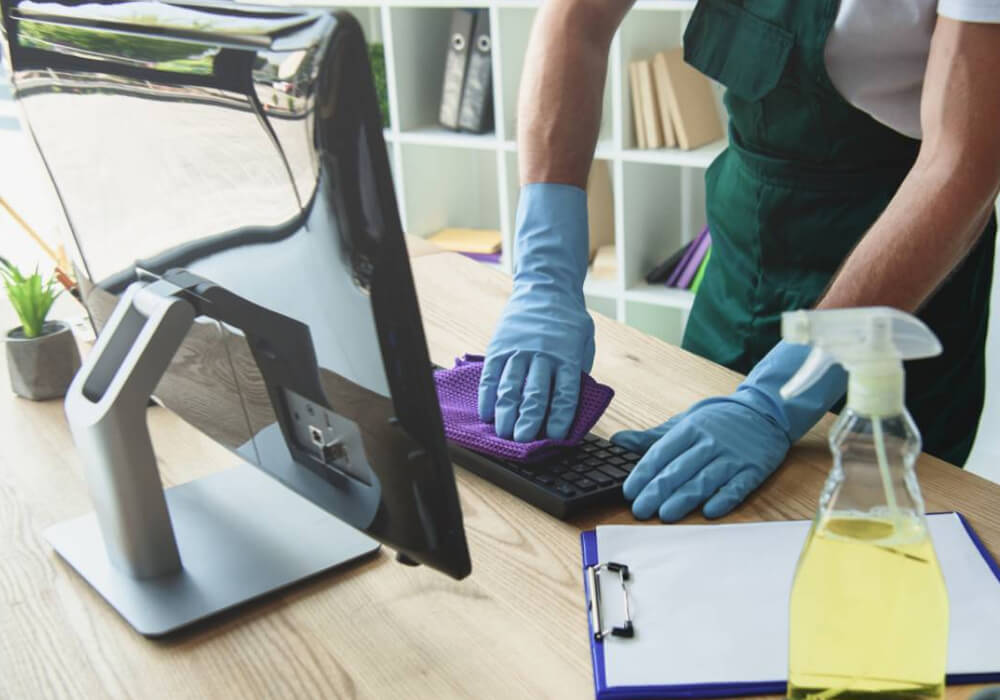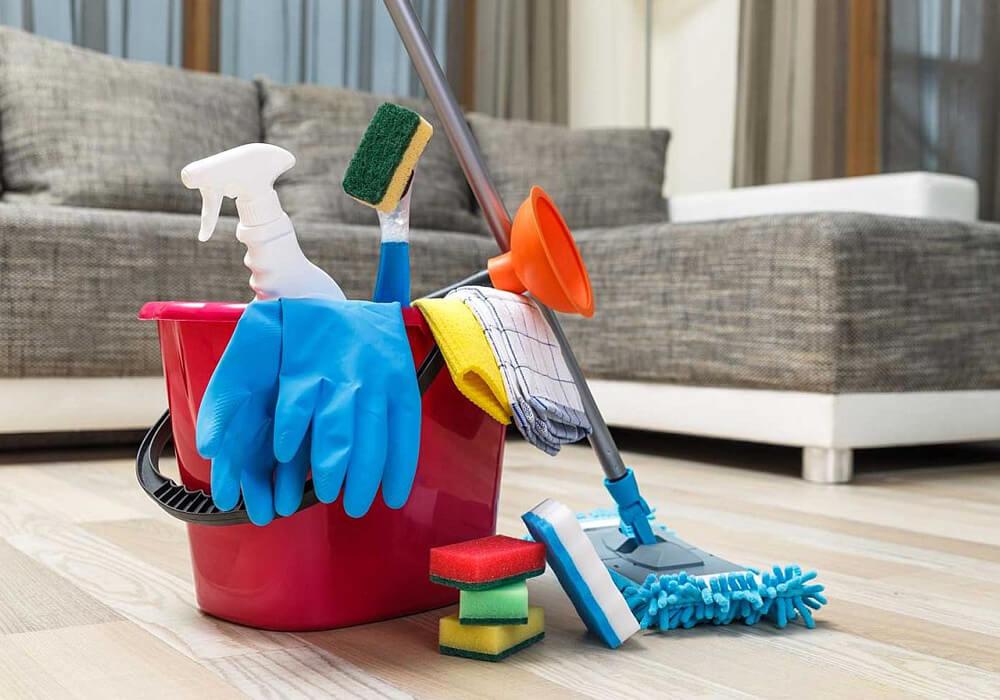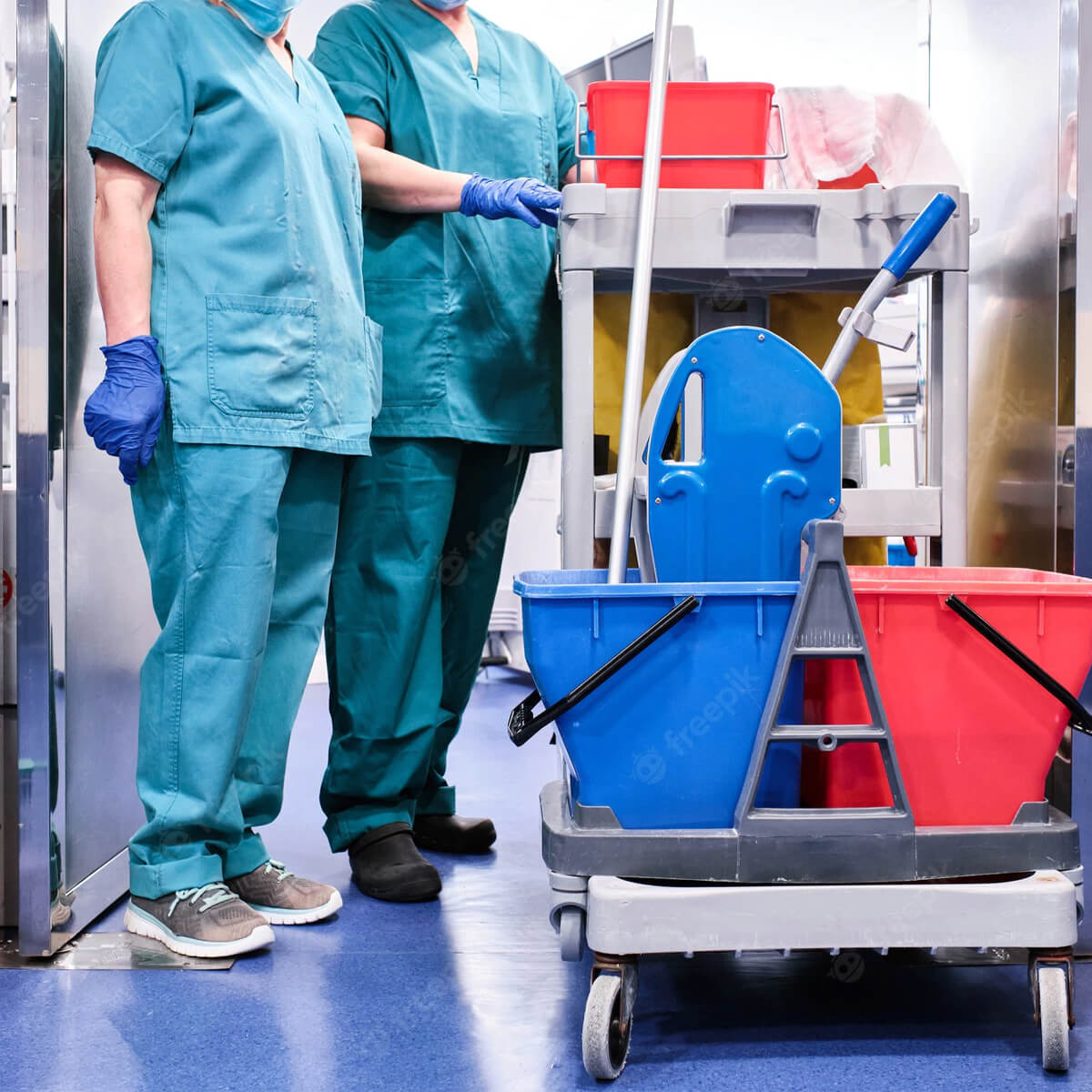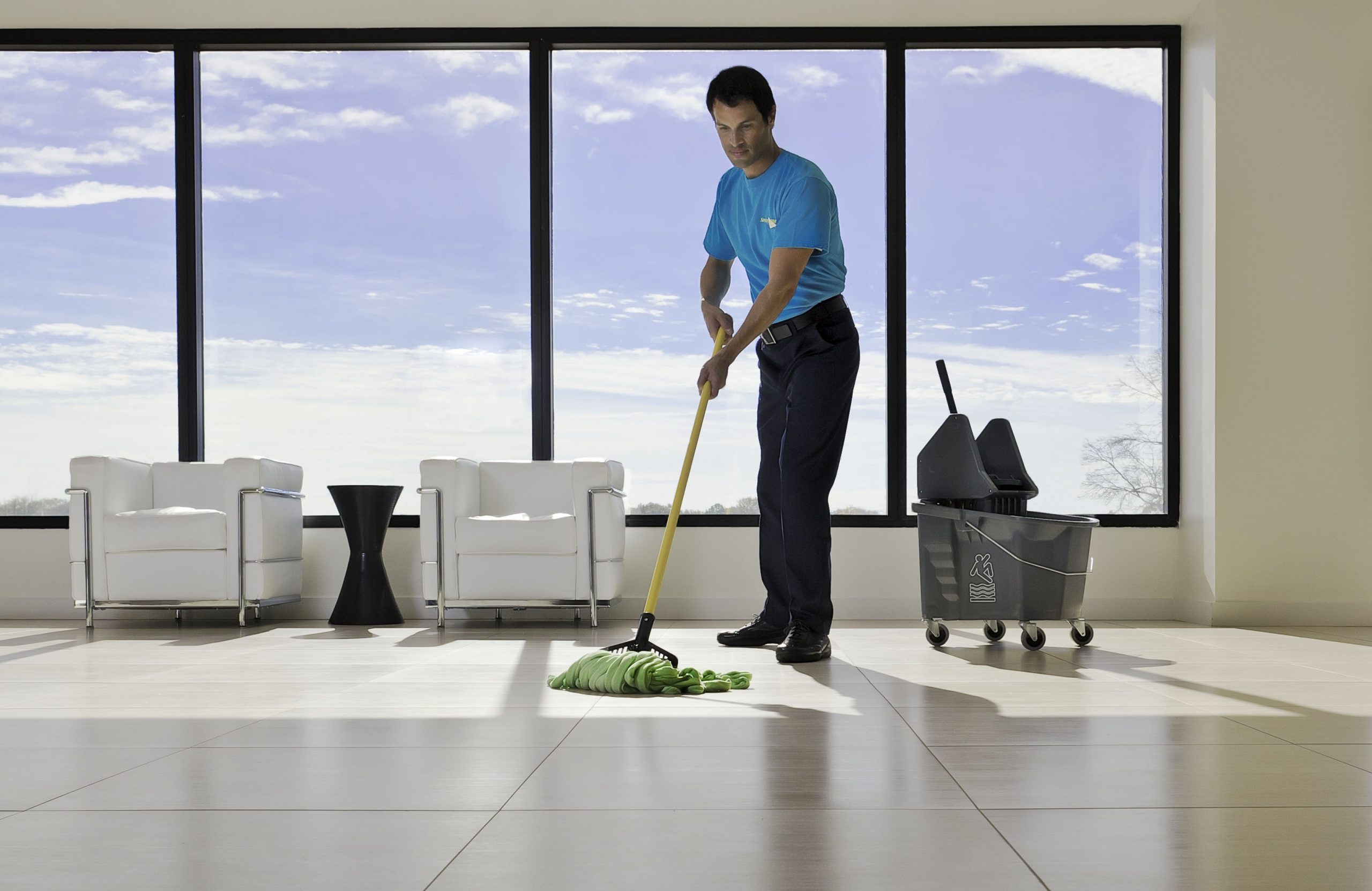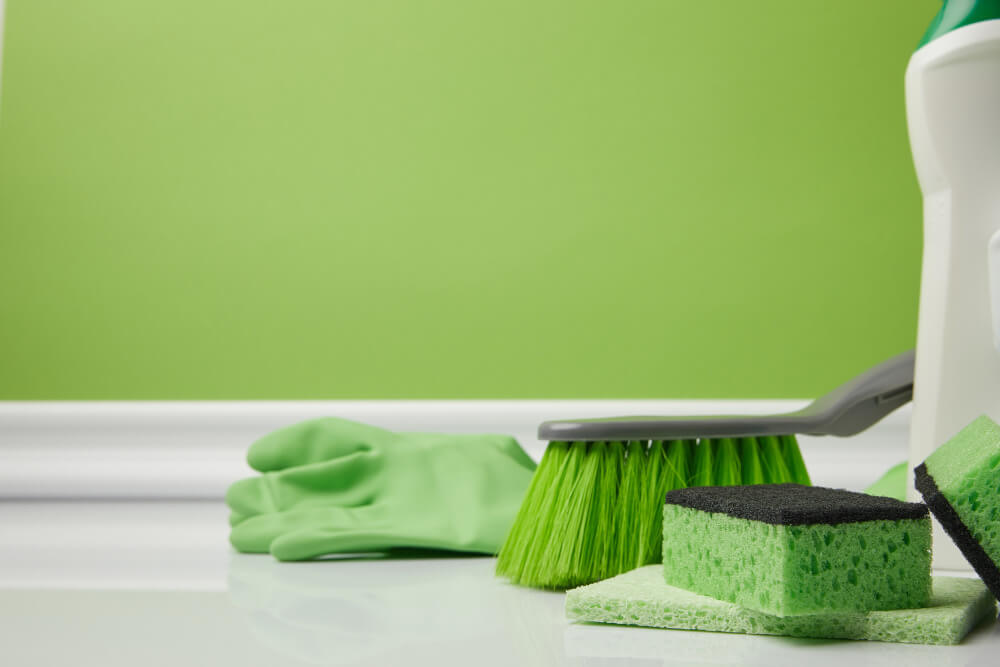20 August 2025
How Cleaning Companies Estimate the Cost for Commercial Industrial Cleaning
Estimating costs for commercial industrial cleaning or industrial commercial cleaning services is a detailed and multifaceted process. Understanding how companies calculate these costs helps businesses budget more effectively and choose the right service provider.
1. Key Cost Estimation Factors
- Size and Scope of the Facility
The total square footage, layout complexity, number of floors, and equipment on-site significantly influence labor needs and cleaning time. - Labor Costs
Labor often constitutes 50%–70% of total cost, factoring in base wages, overtime, benefits, training, and scheduling logistics Field Complete. Contractors typically apply a multiplier (e.g., wage × 1.21) to account for payroll taxes and supplies—then adjust for profit margin to set final pricing Reddit+1. - Equipment and Materials
Industrial environments often require specialized tools such as industrial scrubbers, HEPA vacuums, or chemical-free systems. Equipment setup costs can range from A$2,500 for heavy‑duty manufacturing sites to A$10,000–35,000 for A‑grade office setups In-Tec. - Cleaning Frequency & Complexity
Facilities with hazardous materials, high-traffic zones, or strict sanitation standards (e.g., food processing plants) may need more frequent cleanings or deeper disinfection protocols, raising operational costs. - Eco-Friendly & Safety Requirements
Using green cleaning agents, UV light disinfection, or electrostatic sprayers adds to cost—but also appeals to clients seeking sustainability or compliance with stringent hygiene norms Field CompleteIndiBlogHub. - Profit Margin & Overheads
Contractors typically set margins around 30% profit, with overheads such as administration, insurance, and transport taking about 20%, based on industry benchmarks Reddit.
2. Sample Pricing Breakdown (Hypothetical)
Let’s break it down using a hypothetical industrial site:
Labor cost: Suppose wages average A$30/hour; applying a 1.21 multiplier yields ~A$36/hour per cleaner.
Equipment amortization: Allocate costs over time—for example, A$20,000 in gear over a year of frequent use.
Overheads & Profit: Add 50% to cover overhead (20%) and desired profit (30%).
A simplified formula might look like:
Estimated Cost = (Labor + Equipment Allocation + Supplies + Safety Protocol Costs) × 1.5
This ensures all expenses are covered while preserving profitability.
3. Industry Snapshot: Australia
The commercial cleaning services industry in Australia—including industrial cleaning—is robust and expanding:
Market size reached approximately A$19.6 billion in 2024, with projected growth to A$19.8 billion in 2025.
Year‑over‑year growth in 2024 was nearly 9.6%, with a five‑year CAGR of 5.5%.
The number of businesses grew from 43,966 in 2024 to around 45,319 expected in 2025, a CAGR of about 5.8%.
Employment is also rising: from 204,560 people in 2024 to 209,845 forecast in 2025, at a 5.6% CAGR.
The longer-term forecast sees continued momentum, with a 5.9% CAGR projected between 2025–2034.
These figures highlight increasing demand and competition in cleaning services, including specialized industrial commercial cleaning services.
Takeaways
Cost estimation for industrial commercial cleaning involves combining labor, equipment, materials, overheads, and profit margins.
Cleaners must tailor estimates based on facility specifics, cleaning complexity, and client requirements.
In Australia’s expanding cleaning market, staying competitive means offering clear, justified pricing and investment in equipment and efficiency.

